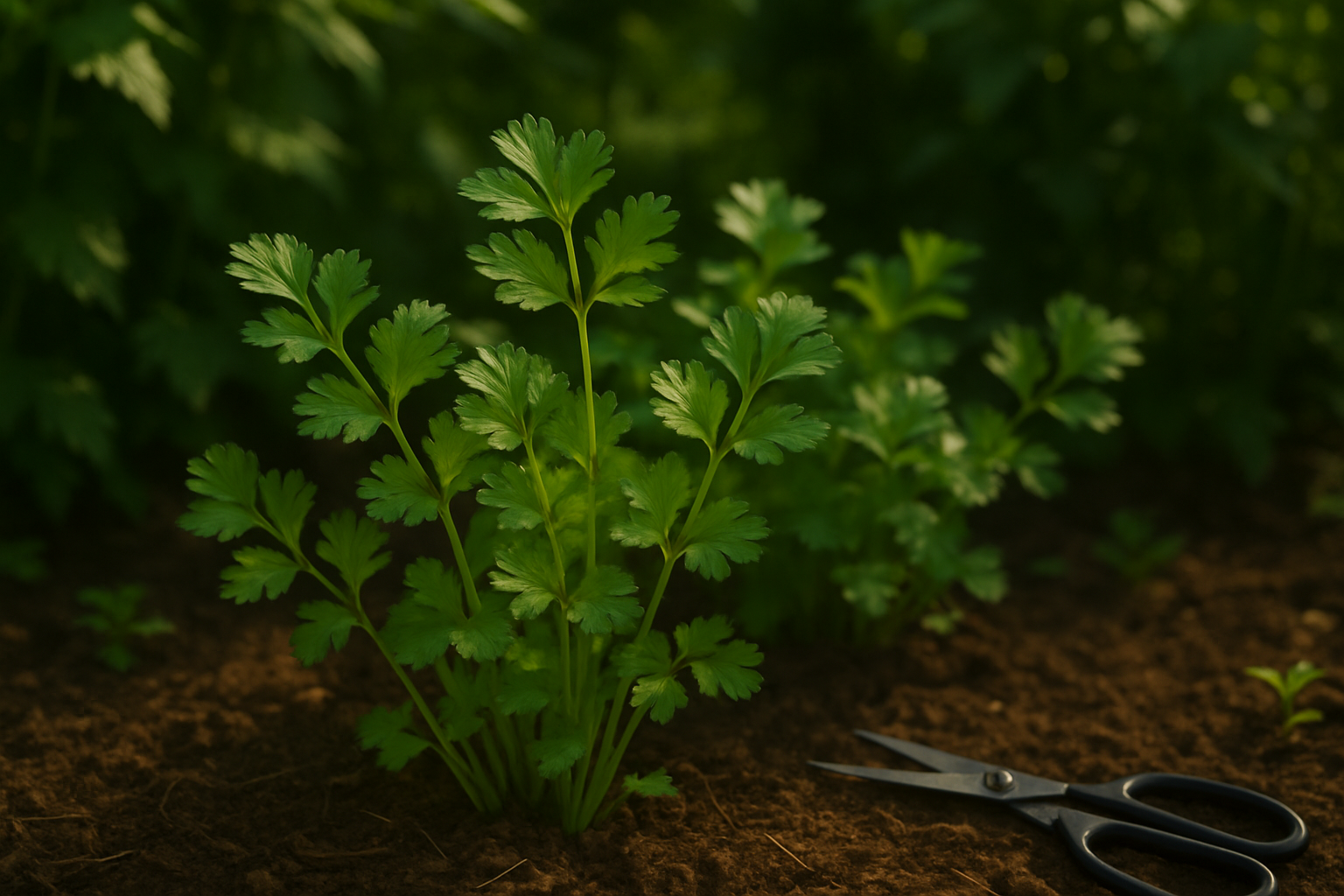Understanding Cilantro’s Seasonal Preferences
Cilantro, also known as coriander, is a popular culinary herb that thrives during the cool, gentle months of spring and fall. Unlike some heat-loving herbs, cilantro prefers temperatures between 50°F and 75°F—making it ideal for planting outdoors as soon as the ground can be worked in early spring, or again as summer fades.
The main reason for this preference lies in how cilantro responds to temperature: in hot weather, especially when daytime highs exceed 80°F, the plant often becomes stressed and shifts its energy from leaf production to flowering and seed-setting, a process called bolting. When cilantro bolts, its stems elongate, leaves shrink and lose flavor, and within a week or two, the plant produces flowers and seeds.
This quick transition is cilantro’s natural way of surviving harsh conditions, but it challenges gardeners hoping for a steady supply of fresh leaves.
If you want to keep cilantro productive, try staggering your plantings every few weeks during spring and early fall, and provide mulch or some afternoon shade as summer approaches. In particularly warm climates, cilantro is often grown as a winter or early spring crop instead.
Knowing when and how quickly cilantro responds to heat can help you plan your herb garden for the most flavorful, lush harvests.
Why Cilantro Bolts in Summer
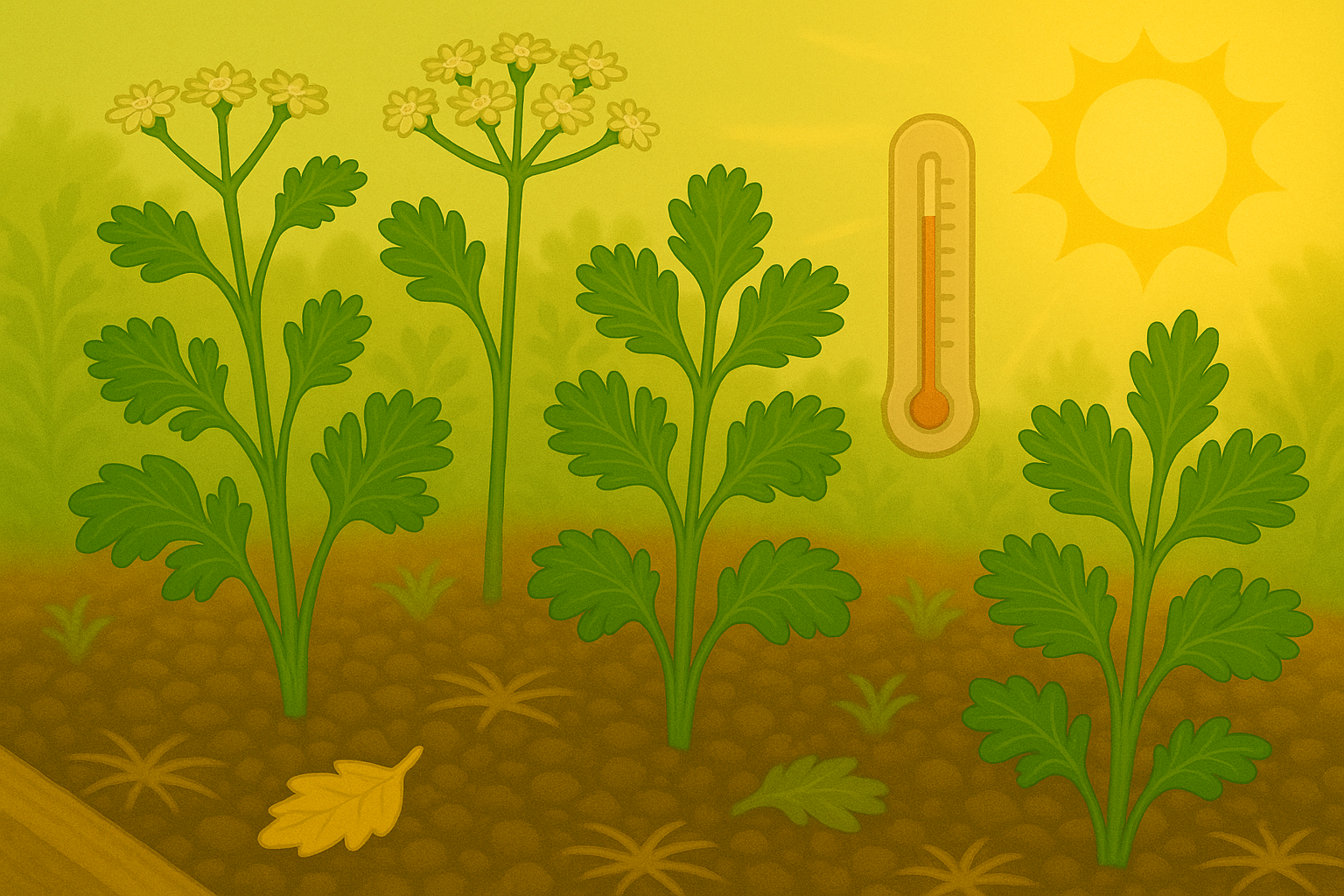
Bolting is when a leafy herb like cilantro grows a tall stem and flowers prematurely, often triggered by certain environmental stressors. In simple terms, bolting means the plant shifts its focus from making tasty leaves to producing flowers and seeds—a survival mechanism.
For cilantro, high temperatures and longer daylight hours in summer send signals that it’s time to bolt. This happens because cilantro is originally from cooler climates and interprets the heat as a sign to quickly reproduce before it gets too hot to survive.
As the plant bolts, you’ll notice it stops producing as many tender, flavorful leaves. Instead, it shoots up a stalk, and its remaining leaves become tougher with a noticeably stronger, often bitter taste.
Understanding how and why cilantro bolts is crucial if you want a steady supply of fresh leaves through the summer months. By recognizing early signs of bolting, such as lengthening stems or the formation of flower buds, you can take measures to extend your harvest.
How to Prevent Cilantro from Bolting
- Provide shade during the hottest part of the day.
- Water consistently to reduce stress.
- Use succession planting to ensure a continuous harvest.
- Plant cilantro in partial shade.
- Grow heat-tolerant cilantro varieties.
Ultimately, being aware of bolting helps you plan better and enjoy more fresh cilantro, rather than being caught off guard when your plants suddenly shift from leaf production to flowering in the summer sun.
Tips for Successfully Growing Cilantro in Summer
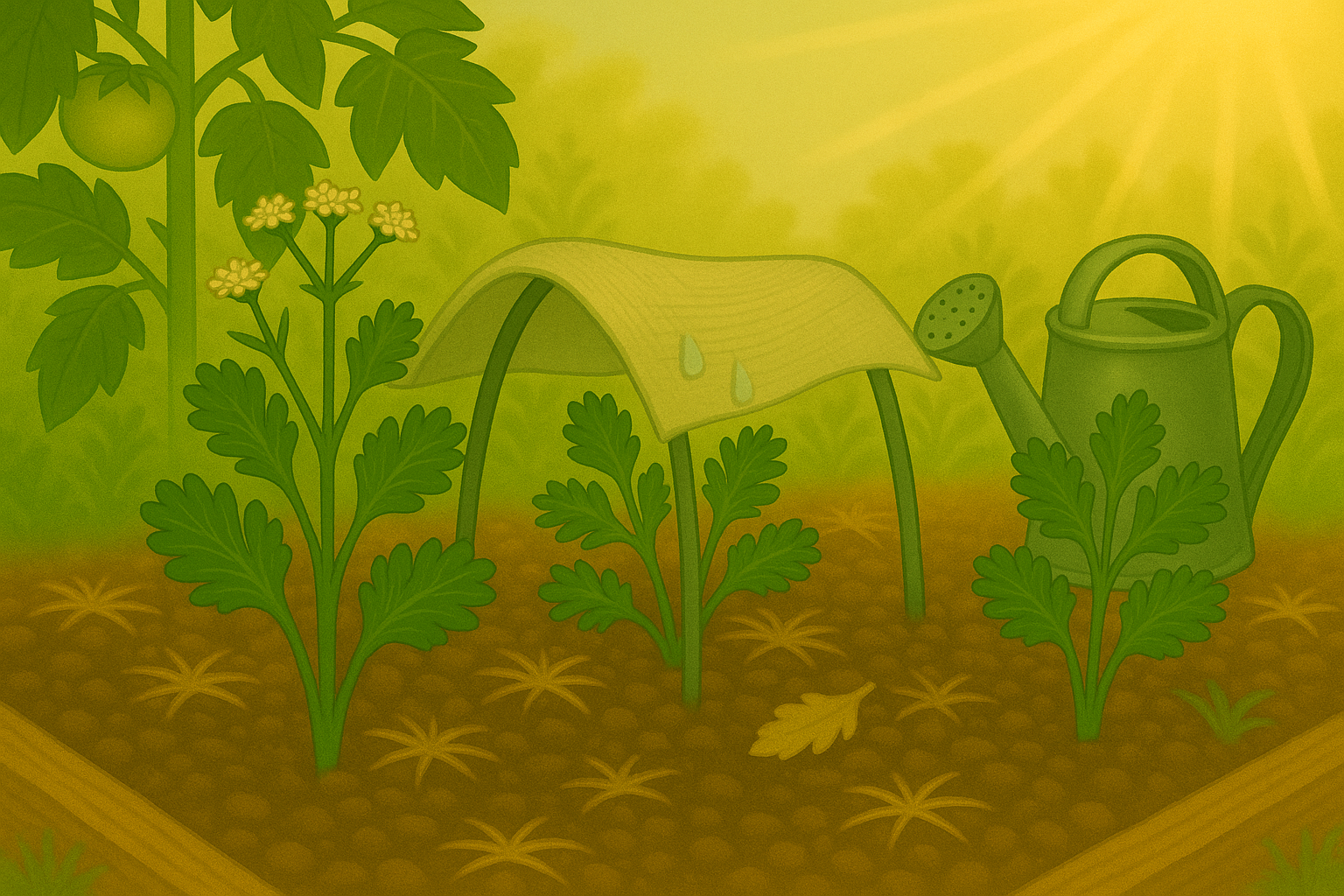
Growing cilantro in the summer can be tricky, but with a few smart strategies, you can keep your plants lush and full of flavor.
First, provide afternoon shade since intense sun often causes cilantro to bolt quickly in hot weather. You can do this by planting cilantro near taller crops like tomatoes or peppers that naturally cast shade as the day heats up, or by using a simple shade cloth from any garden center, draped over hoops or stakes above your cilantro bed.
Mulching is another essential summer move. Spread a two-inch layer of straw, shredded leaves, or compost around the base of your plants to help keep the soil cool and retain moisture.
Consistent watering is crucial—cilantro has shallow roots and gets stressed easily in the heat. Water early in the morning or late in the evening, ensuring the soil stays evenly moist but not soggy.
If your space is limited or especially sunny, try growing cilantro in containers. This way, you can move your pots to the coolest spots in your yard or even indoors during the hottest part of the day.
Finally, pick slow-bolt or heat-tolerant cilantro varieties like Calypso, Santo, or Leisure, which are bred to withstand summer temperatures better than standard types.
By combining these practical tips—strategic shade, steady hydration, mulching for cool soil, mobile containers, and smart seed choices—you’ll maximize your chances of enjoying crisp, fragrant cilantro all season long, even when the heat is on.
Planting and Care Strategies for Hot Weather
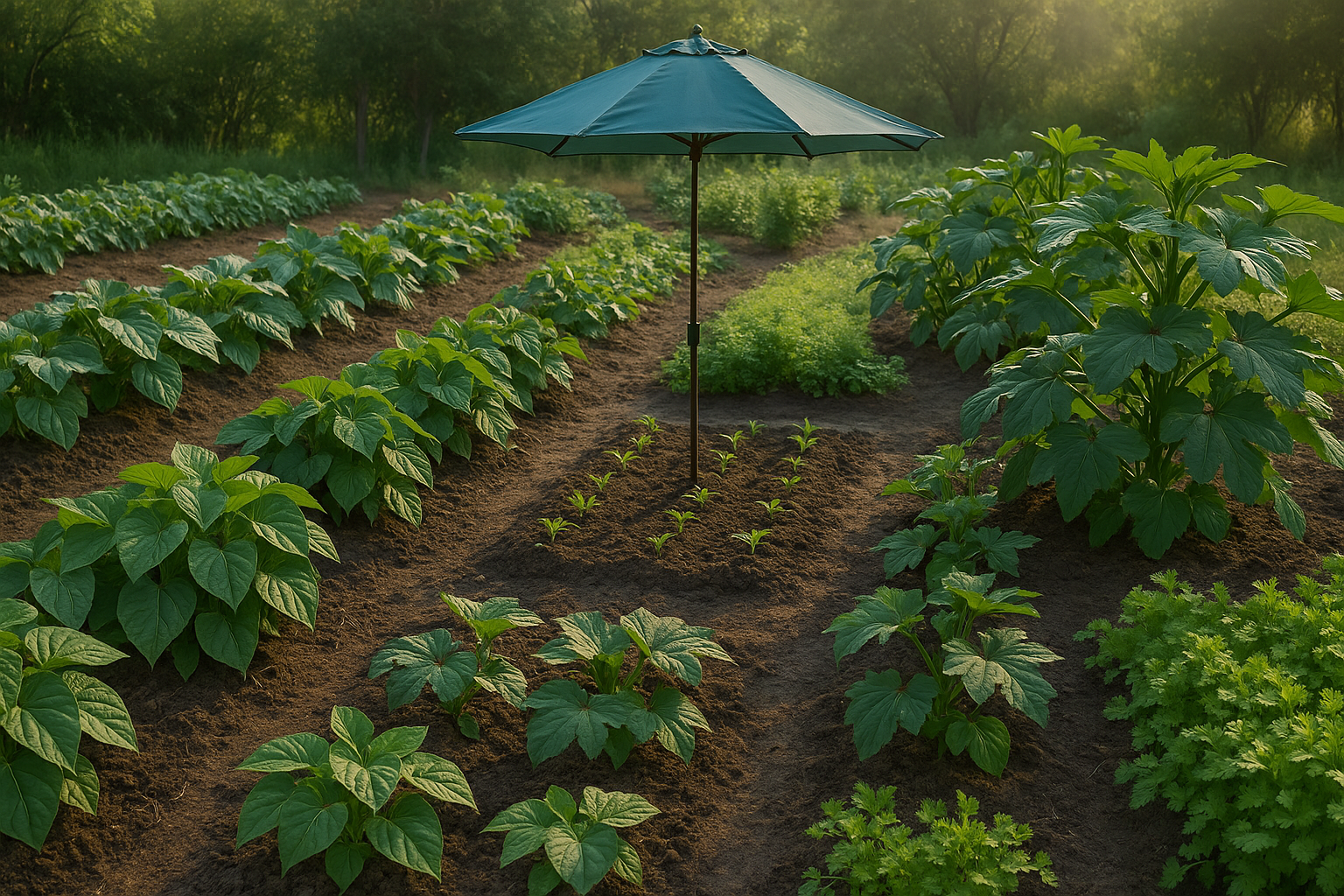
To enjoy a steady harvest during hot weather, try direct seeding your crops right in the garden instead of starting them indoors. This reduces transplant shock and helps seedlings adjust immediately to outdoor conditions. For a constant supply, use frequent succession planting: every two weeks, sow another round of heat-tolerant veggies like beans, okra, or zucchini. This way, as one planting matures, the next batch is already growing, ensuring you never run out of fresh produce.
When preparing your beds, focus on rich, well-draining soil amended with compost to hold just enough moisture without becoming soggy. Because hot weather quickly dries out the soil, mulch your beds heavily with straw, dried leaves, or grass clippings. Mulching insulates roots and reduces watering needs.
For watering, aim for deep, infrequent sessions early in the morning. This encourages strong root growth and prevents water from evaporating before it can soak in. Protecting vulnerable seedlings from the harsh afternoon sun is also crucial; plant them in east-facing beds or use temporary shade cloths or row covers to shield them during the hottest hours. Even setting up something simple, like a garden umbrella or a board leaned against the afternoon sun, can make a big difference.
With these strategies, your garden can thrive through the hottest part of the season, keeping your harvests coming even as temperatures climb.
What To Do When Your Cilantro Bolts
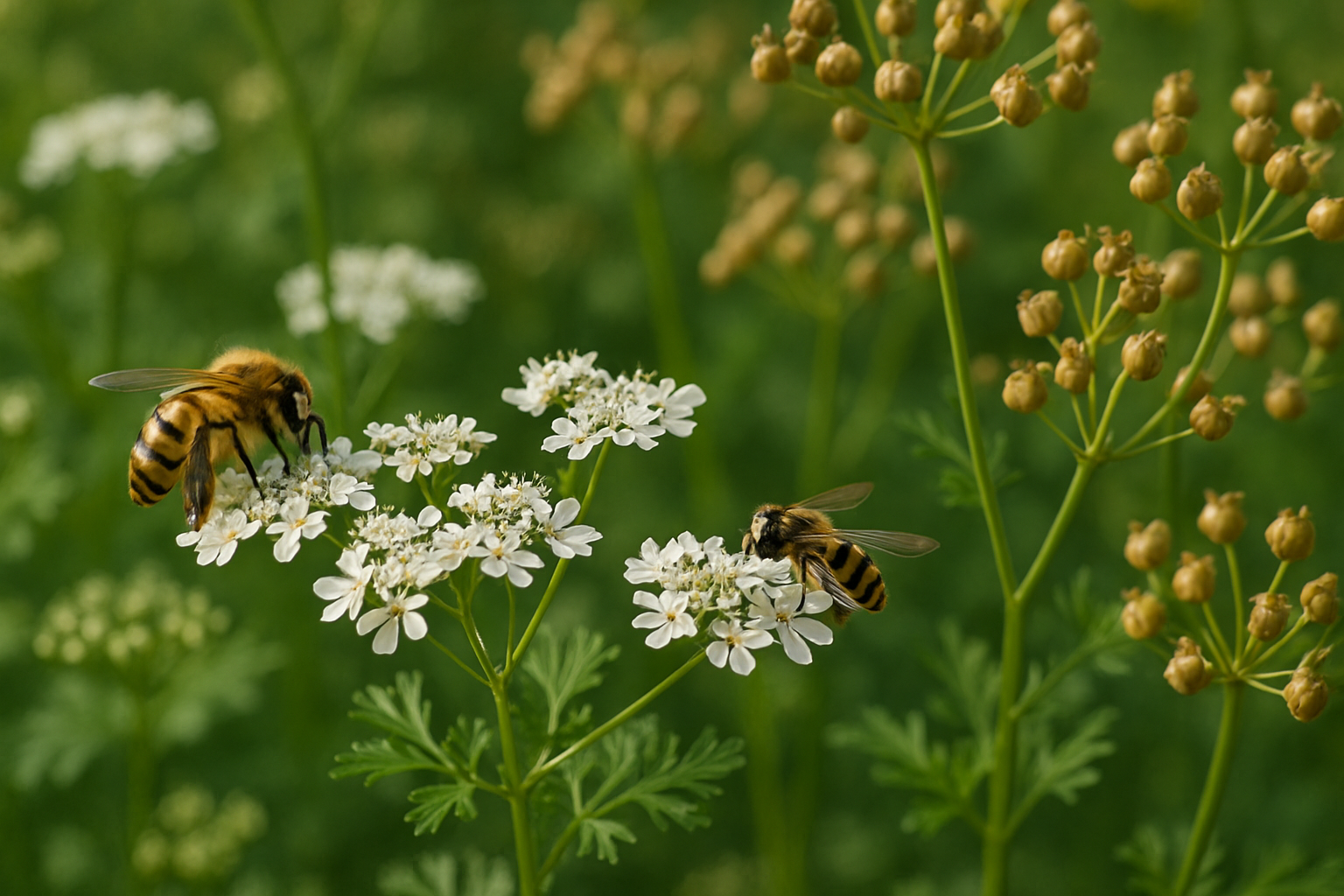
When your cilantro bolts—sending up tall flower stalks seemingly overnight—it’s a sign the plant is shifting from leafy growth to seed production, usually triggered by heat or longer daylight. While it might feel frustrating to lose those tender leaves, you have some great options.
Letting your cilantro bloom can actually support your garden’s ecosystem. The delicate white flowers attract beneficial pollinators like bees, hoverflies, and even predatory wasps that help control pests.
If you’re interested in a new kitchen ingredient, allow the plants to mature and develop seeds. Once the seed heads dry and turn brown, snip them off and shake out the coriander seeds—perfect for spicing up dishes or saving for next season’s planting.
On the other hand, if you want to keep a steady supply of fresh cilantro leaves, pull up the bolted plants and replant new seeds every few weeks for a continuous harvest. Succession planting ensures you’ll always have a fresh batch growing, even during the hottest parts of the season.
Remember, cilantro’s natural life cycle offers unique rewards at each stage. Instead of fighting it, try to appreciate the flowers that draw in beneficial insects and the seeds that bring flavor and promise another round of lush green growth.
Summary and Takeaways
Growing cilantro in the summer can be challenging due to the heat, but with a few simple adjustments, it’s entirely possible—even for beginners. The key is managing expectations: cilantro prefers cooler weather and tends to bolt quickly in high temperatures, meaning it goes to seed faster than you might want.
Here are some tips to help you succeed:
- Sow seeds in partially shaded spots.
- Use mulch to keep roots cool.
- Water consistently to avoid drought stress.
- Choose slow-bolt varieties to extend your harvest window.
- Stagger plantings every few weeks for a steady supply.
Remember, every garden is unique—what works in one region may not work the same in another. Don’t be afraid to experiment with timing, shade cloths, or even containers that can be moved out of the afternoon sun.
While summer cilantro might never look as lush as a spring crop, you can still enjoy a fresh, homegrown harvest. Stick with it, learn from each season, and adjust your techniques based on your climate and experiences. With patience and curiosity, you’ll find what works best for you and your garden.
